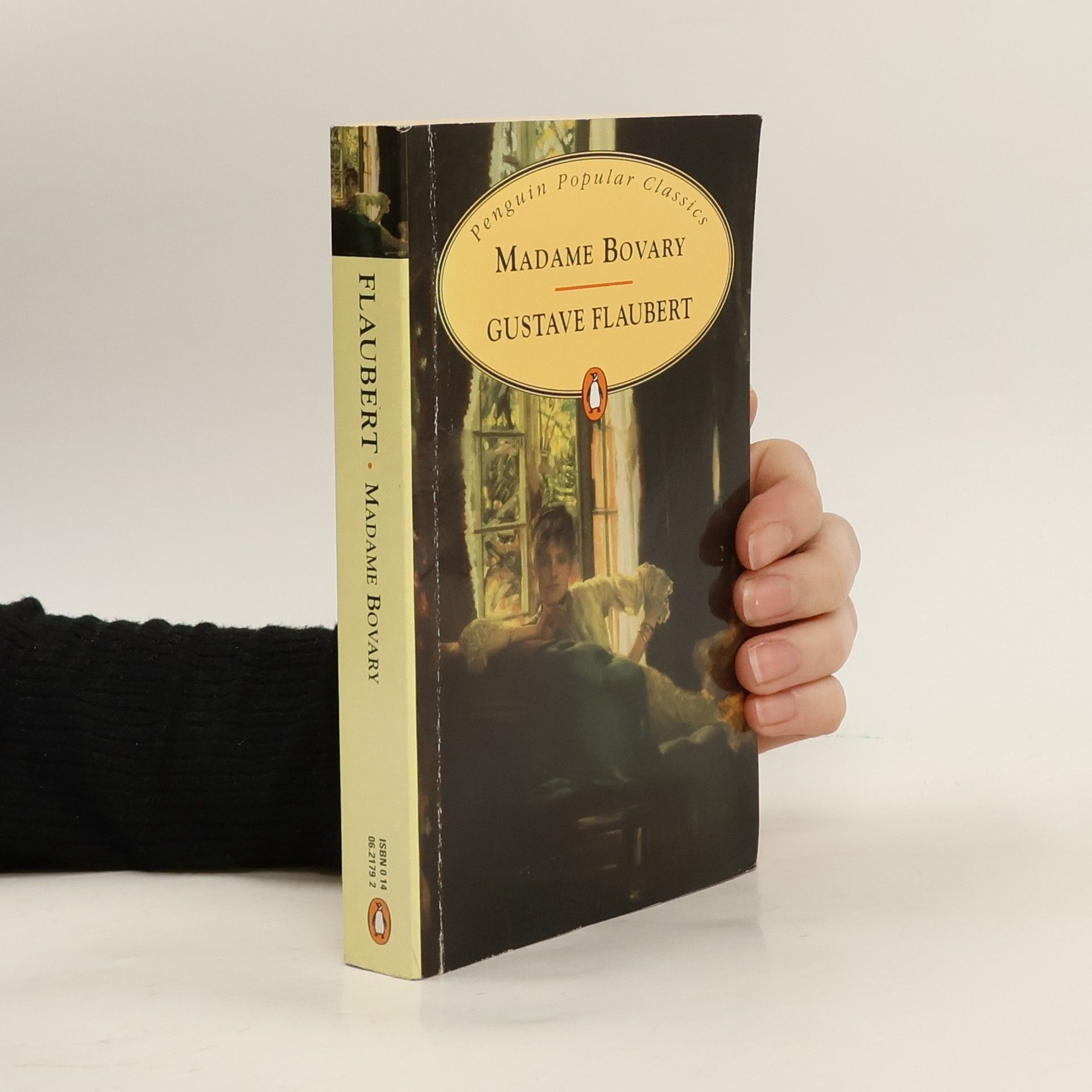Madame Bovary
- 352 pages
- 13 hours of reading
Gustave Flaubert's novel is a landmark of the nineteenth century, known for its influence and controversy. In this Penguin Classics edition, translated by Geoffrey Wall and featuring a preface by Michele Roberts, we meet Emma Bovary, a beautiful yet discontented woman trapped in a mundane marriage to a mediocre doctor. Longing for excitement, she immerses herself in sentimental novels and seeks escape through extravagant spending and affairs. However, her pursuits lead to disappointment and tragic consequences. Upon its publication in 1857, Flaubert's candid exploration of Emma's desires sparked moral outrage, with many women claiming to be reflections of her character. Flaubert famously stated, "Madame Bovary, c'est moi," asserting a personal connection to his creation. Born in Rouen in 1821, Flaubert turned to writing after an illness disrupted his law career. Although the novel garnered immediate acclaim, its frank depiction of adultery led to a trial for immorality, from which he narrowly escaped conviction. Despite limited success during his lifetime, Flaubert's reputation grew posthumously. If you appreciated this work, you may also enjoy Stendhal's The Red and the Black, available in Penguin Classics. A.S. Byatt praised it as "enchanting and terrible," while Kate Summerscale noted its innovative style.

